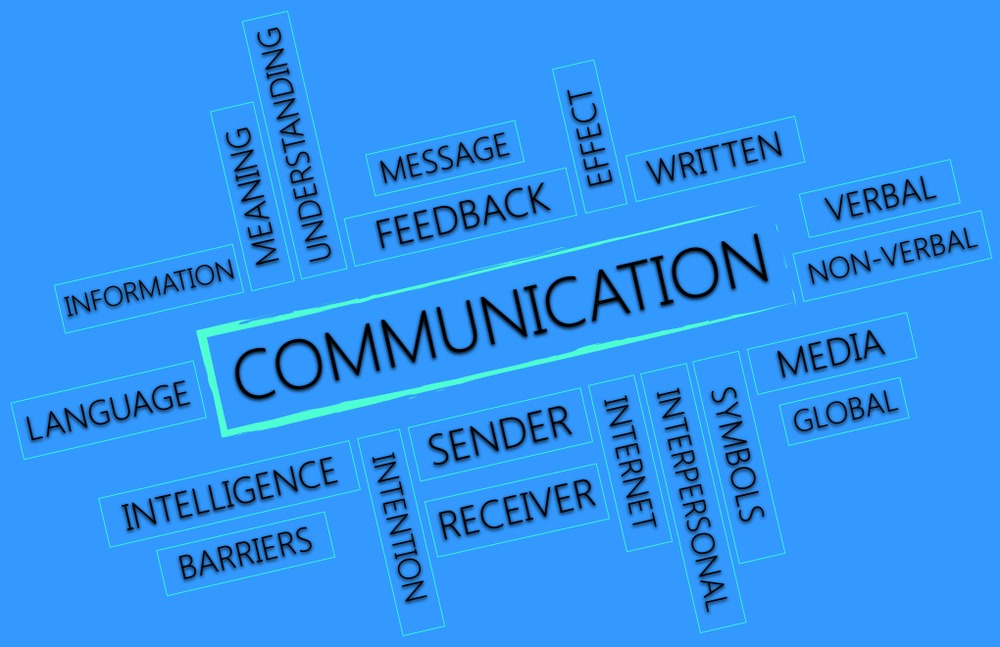“The single biggest problem in communication is the illusion that it has taken place.”
George Bernard Shaw
Verbal communication is a vital part of aviation operation, despite increased use of hand held and integrated data-link communication and computer interfaces that use non-verbal inputs. The verbal communication is not just between air traffic controllers and pilots, but between a complex team of players including ramp workers, ground-handlers, cabin crew, aerodrome operators, construction workers, airline staff, security, other specialists and members of the public.
Not all verbal communication occurs face-to-face; indeed, in aviation much verbal communication (perhaps the most critical) occurs remotely via radio systems, mobile phones or handheld transceiver. Post COVID-19 pandemic, due to use of face shields and face mask, face to face communication has suffered further. However, in some situations, modern technology is being used to enhance remote verbal communication by use of video calls or group video conferencing systems or apps.
Remote verbal communication is distinct from face-to-face interpersonal communication despite the use of modern apps and technology. Due to remote nature, it is extremely onerous on the transmitter to monitor the reactions and feedback. In aviation scenarios it is expected that both parties have an understanding of the importance of effective communication and both will adopt the responsibility to ensure that the communication is effective; although never assume this!
“Communication works for those who work at it.”
John Powell
Long back, as a fighter pilot, flying as a part of large group I learnt about principles of communication. The success of a military mission depended largely on effectiveness of communication between the members. Obviously and needless to say a lot of emphasis was laid on conveying information in clear, crisp, concise, correct and completely. In the 1990s, we did not have the modern technology, so the methods used for teaching were simple and effective. After the mission, all the members of group would recollect each and every communication transmitted and received along with the manoeuvres conducted. The leader would collate the complete picture and would emphasise on adequacy of manoeuvres and coordination between the members. As the technology developed, dictaphones were used to record the communication. Subsequently FDR/DFDR are being used for enhancing communication skills. In this blog, I bring out the seven C’s of communication that you should adhere to during remote verbal communication. Their purpose is to help ensure that the person you’re communicating with hears what you’re trying to say. The seven C’s are: clear, crisp , concise, correct, complete, courteous, and coherent.
Clear
The first questions to ask yourself are: Is there a real need to communicate? What do I need to communicate and why? What do I want to happen based on this communication?
Be clear about the goal of your message and the purpose of the message. Present one idea at a time making it easier for the recipient to understand. Don’t leave them guessing what the message is about and having to fill in the gaps themselves. To ensure clarity, adjust your transmission speed to maximum of 100 words per minute to ensure comprehension at receivers end.
Crisp and Concise
Keep to the point and keep it short and simple. Don’t use unnecessary words (use two words where one will do or 6 sentences when 3 will do). Don’t repeat the same point in different ways. Remember there are other users who may be waiting to communicate on the same frequency which could be critical or urgent.
Correct
Check the information you are providing is accurate. Pause and think for 2 sec, before pressing the transmit button to ensure you have all the technical information for the person receiving the information.
Complete
Ensure the recipient has everything they need to understand your message and take action if needed. If action is needed, ensure your message includes a ‘call to action’ (May Day or PAN PAN). Also, ensure that any specific details are clear and included. Don’t leave the recipient with lots of questions to ask. The aim of communication is to avoid cluttering and communicate message in time efficient manner using standard phraseology of aviation.
Courteous
You can increase the effectiveness of your communications by being polite and showing your audience that you respect them. Your messages should be friendly, professional, considerate, respectful, open and honest.
Coherent
In addition to making sure that each communication you issue is coherent within itself, you should also ensure consistency of message when delivering multiple communications.
“Communication is your ticket to success, if you pay attention and learn to do it effectively.”
Theo Gold
Above all, observe and actively listen to others to get a feel for their level of knowledge, understanding, support, or even interest in your topic. Communicate with each other in a way that heals and not in a way that wounds. Be attentive to the emotions or sensitivities that are present.
Dedicated to every professional on airside.



